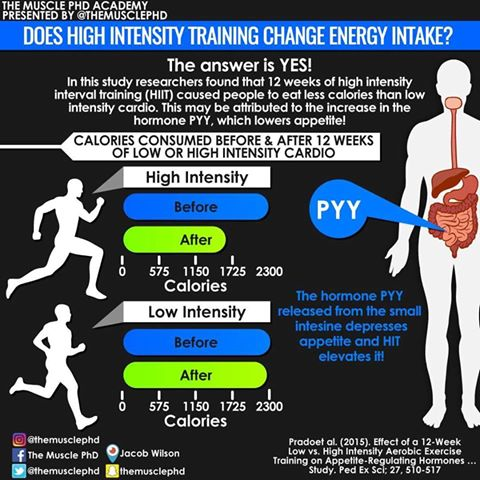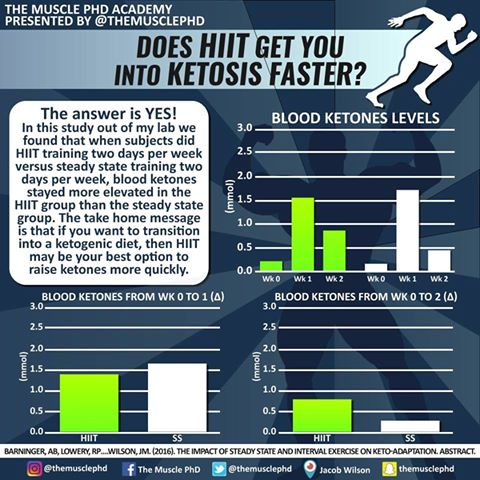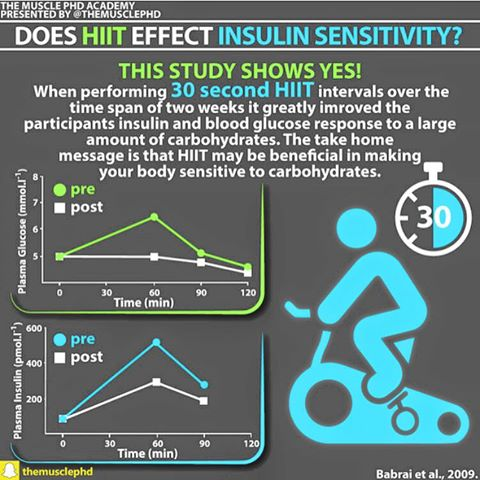My thought on the original question:
I’ve done quite a bit of reading lately and the most widely agreed upon effective fat burning plan seems to use HIIT and full body exercise, but in each report it is closely followed by strength training. If you choose strength training, adding cardio is necessary. Muscle confusion is a very popular theory that has been shown to work.
Those reading this and trying to figure out how to start:
I joined a gym (LA Fitness), and was surprised when the trainer said that working out would yield marginal improvements on weight loss, the majority is from diet. He said it’s an 80%-20% split, but I think he made that number up. Even the health salespeople agree that, while exercise improves weight loss, success depends on diet.
If you are really large (which is why many of us started keto), you very likely have associated issues such as decreased circulation (frequently cold and/or numbness in extremities) and shortness of breath. You likely have limited flexibility and joint pain. Losing weight helps address these symptoms. Improving circulation and endurance while increasing muscle mass will improve your body’s ability to burn fat.
If you are obese and sedentary you should not start out with High Intensity Interval Training (HIIT). If you are fat, your heart has been overworked to compensate and you need some time to work up to HIIT. The additional body weight you are carrying poses risk of injury as your joints and tendons need time to adjust to the additional impact. Keeping your heart rate within the range that @AllanMisner provides in this thread is key, especially when you are starting out.
I have a torn ACL on one knee and had a broken ankle on the other, HIIT options for me are a little limited. Being fat exacerbates the problem to where I started out with the mobility of an 80 year old.
The routine I’ve chosen is 6 days of strength training, alternating muscle isolation. Legs, lat/back, legs, triceps, legs, chest/biceps. 3 sets of 15 each exercise, 60-90 seconds between each set, with muscle failure on the 2nd and 3rd sets. I warmup, stretch, lift, do core exercises (planks, crunches, raises), then 30 minutes of cardio in the moderate range. The 7th day is a rest day. I had to build up to this routine, the first 2 weeks was primarily light weight with high repetitions to get my muscles used to moving. Stretching is key to avoid injury while improving flexibility.
One month in, I’m still really obese, but I can now tie my shoes (daily stretching) and get up a flight of stairs without being winded (cardio). I can feel muscles that haven’t presented themselves or been used in years. My sleep is significantly improved (I can barely make it to 9pm without passing out), my blood pressure is down, my resting heart rate is decreased. I’ve lost 30 pounds in a month.
Diet is necessary for weight loss. Exercise is necessary for health, which aids in weight loss.




